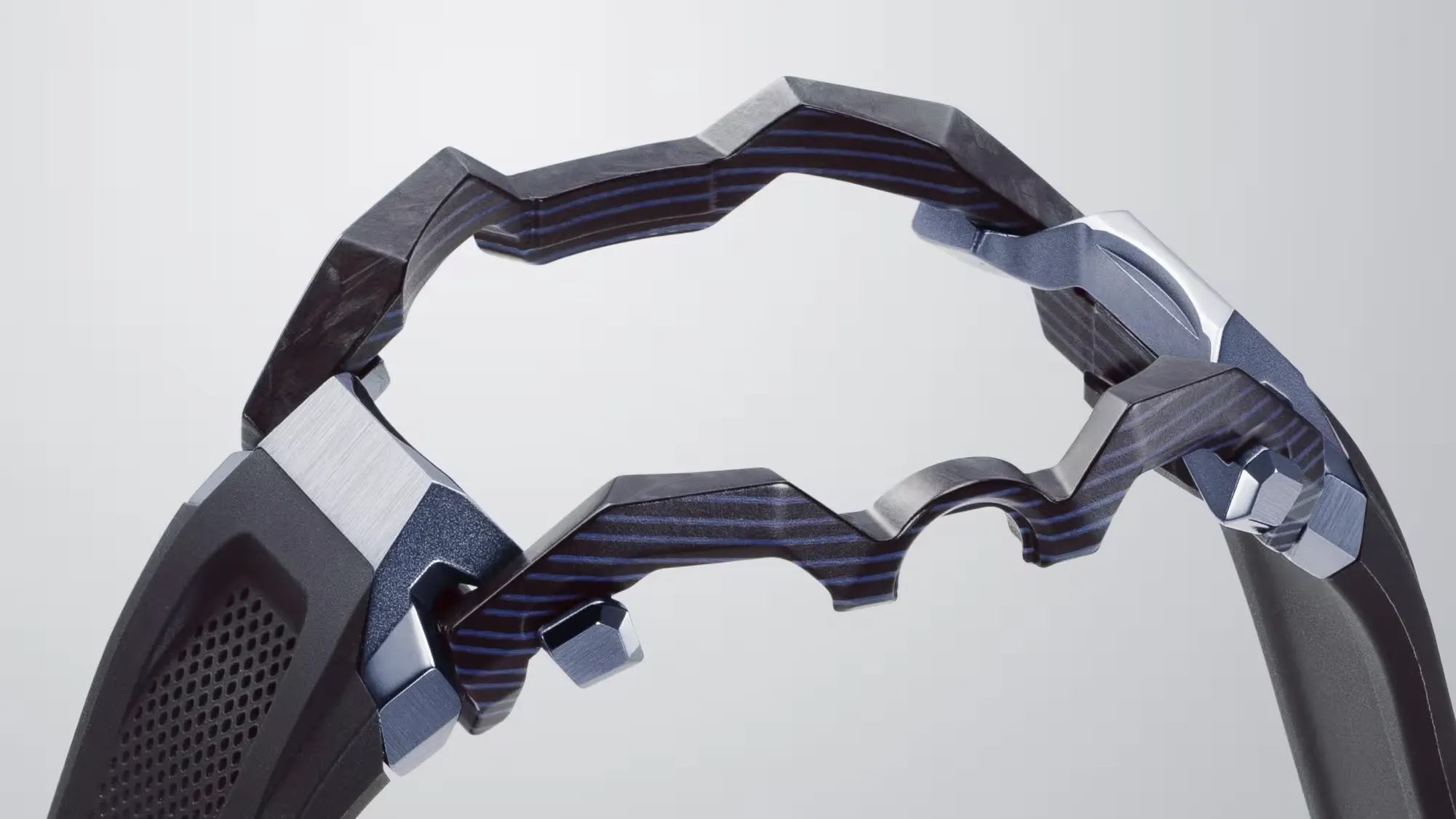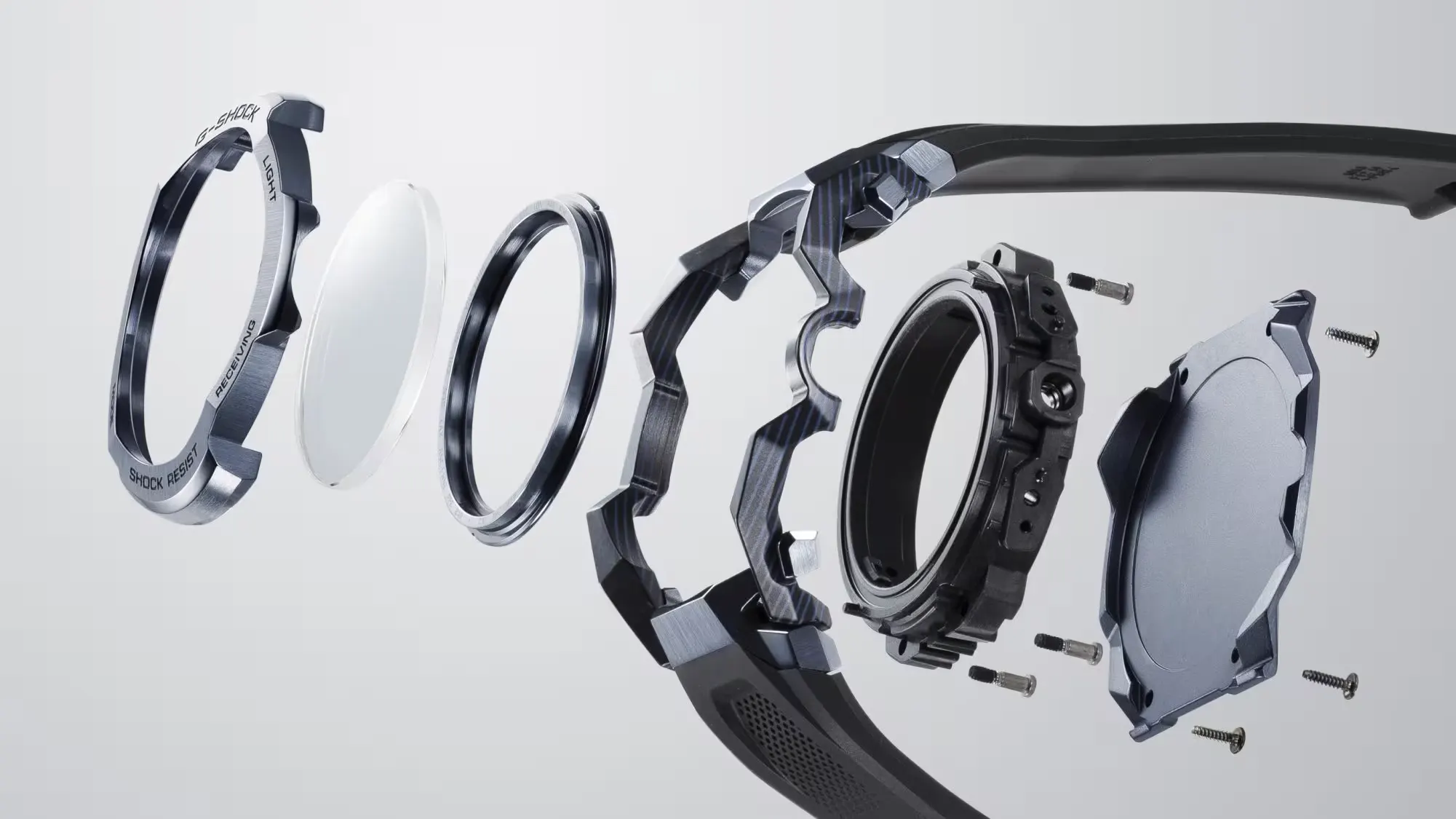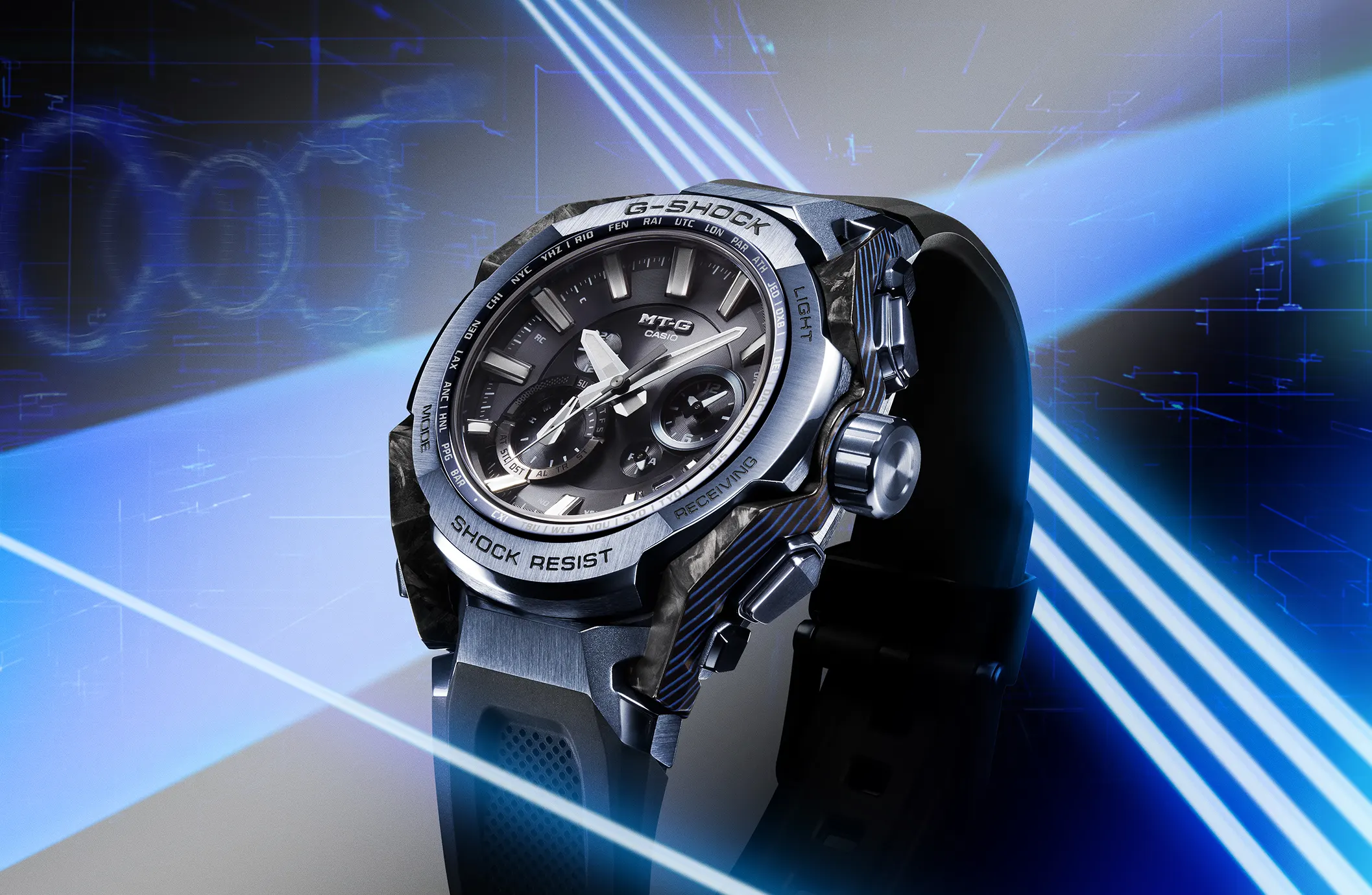If there’s one area of the world that feels particularly insulated from the impact of artificial intelligence, you’d have thought it was that of the long antiquated wrist watch. That assumption is not the case, however, as G-Shock is embracing a bit of AI help in the design of its latest addition to the MT-G family, the MTGB4000. It turns out, AI has additional uses that don’t fall into the creation of T-1000 types ruling society (though I’m not ruling that out), and can be beneficial when wielded responsibly. From identifying and tracking NEOs to, well, designing a cool watch, it’s not all bad. And if it’s going to be used in the watch world, a G-Shock feels perfectly fitting.
The name G-Shock now encompasses a staggering amount of variety, showcasing the offshoot of Casio’s penchant for big colors, shapes, and personality. These are largely very accessible watches with prices starting under $100, known for their tough exterior and expressive designs. Alongside their recognizable references, such as the DW5600, you might be surprised to find the relatively premium creations that reside in the MTG family, which make use of more exotic materials and finishing techniques that show just what the brand is capable of.

With the MTGB4000, we’re getting a glimpse at what the future may hold for G-Shock, showcasing a new frame cut from laminated carbon and glass fiber sheets that was designed with structural rigidity in mind. A part of that design process came with the help of generative AI technology. Exactly how and where it was used is unclear, but G-Shock stated that it was done in conjunction with “human ingenuity”, and that the results are what G-Shock calls “a new era of innovation in watchmaking”. Within understanding the process by which AI was utilized here, it’s difficult to discern where high-tech buzz words end, and where actual innovation begins, but it’s a tool that could be worth keeping an eye on for watches such as this in particular.

The design itself is rather interesting, and indeed does present a new character to build on, not just in materials, but also in the interesting contours and finishes applied. The multi-part case measures 56.6 × 45.3 × 14.4 mm and weighs in at 112 grams, so nothing totally out of the ordinary for a G-Shock, and the shape employed generally ensures it wears quite well even with those hefty measurements. This is fit to either a navy blue frame or a silver frame containing the Dual Core Guard structure.

Seeing this watch is one thing, and if we’re being honest, not entirely shocking, but it does force a thought toward the general and perhaps inevitable use of AI within the industry. There are plenty of mechanical processes and bits and pieces that could no doubt benefit from a more efficient design, not to mention entirely new regulating organs that could result from an AI, but at a certain point, it cuts against why we love mechanical watches in the first place. These are imperfect devices by nature, and there is certainly no artistry that AI brings to the table, though perhaps my imagination fails me on that front. Whatever the case, I hope to see it used in a responsible manner moving forward, and this G-Shock is a great example of that. G-Shock


Leave a Reply